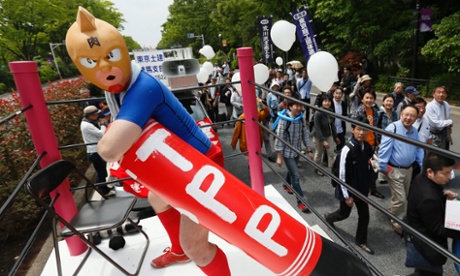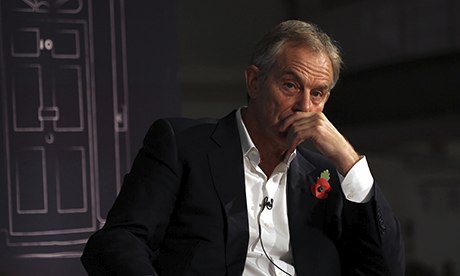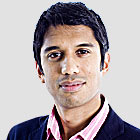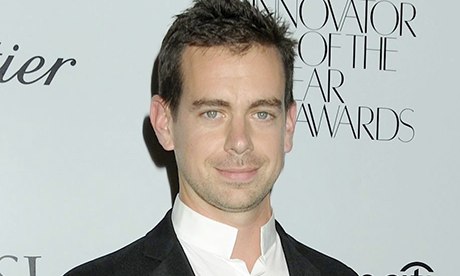
Change that supports measures such as surprise checks on manufacturing facilities, and greater transparency in and policing of drug approval processes and clinical trials is a must. Photo: M. A. Sriram
Unless a deeper, institutional change is ushered in to break the nexus between drug companies and the regulatory regime, Indians consuming drugs may be exposing themselves to serious risks
Even before I walked into the Mayflower Hotel in the heart of Washington on a crisp autumn afternoon to meet Dinesh Thakur, whistle-blower and former director of India-based pharmaceutical giant Ranbaxy, I had a hunch that this conversation would spark some troubling questions on India’s malfunctioning drug industry.
On May 13, 2013, Ranbaxy pleaded guilty to seven felonies relating to drug manufacturing fraud and agreed to cough up $500 million to settle the case brought by the U.S. Department of Justice (DoJ) after eight years of investigation. The vast evidence in the case, some of it supplied by Mr. Thakur and marshalled by the U.S. Food and Drug Administration (FDA), included inspection reports compiled after multiple FDA visits to Ranbaxy plants in India — in Paonta Sahib, Himachal Pradesh, and Dewas, Madhya Pradesh.
Ranbaxy makes a long list of generic medications — 200 different “molecules”, according to its website — everything from anti-retroviral drugs to treat HIV-AIDS to commonly used antibiotics such as Amoxicillin and Cephalexin (Mox and Sporidex in India). It makes generic combinations of Paracetamol and Ibuprofen, and sells numerous over-the-counter products, such as pain relief gel Volini and cosmetic product Revital in India.
While it is apparent that Indians consume Ranbaxy drugs at a prolific rate — accounting for approximately Rs.2,600 crore, or 18 per cent of the company’s global revenue for 2012 — what is less clear is why the Indian government has not launched a vigorous investigation into the current Good Manufacturing Practices (cGMP) violations that the U.S. authorities found at multiple Ranbaxy facilities.
Go-slow approach
The Drug Controller General of India (DCGI), G.N. Singh, said in June: “When the issue has been flagged, as a regulator it is our duty to see that whatever medicines have been produced here are of assured quality.” But he did not specify the date by which a “review” of Ranbaxy’s past drug applications would be completed, leave alone committing himself to holding surprise visits to facilities aimed at investigating manufacturing standards.
This go-slow approach is all the more baffling given that, despite assurances by Ranbaxy after its admission of guilt in May that all of its other facilities adhered to the required process quality standards, a third plant, this time in Mohali, Punjab, was slapped with an import alert by the U.S. in September.
If any doubt remains about the seriousness of the claims made by the FDA so far, it is worth taking a quick look at the dossier of evidence submitted by the DoJ in the case against Ranbaxy.
Settlement documents make it clear that Ranbaxy admitted that had the seven felony charges brought by the DoJ gone to trial, the government “would have proven … beyond a reasonable doubt” that the company in 2006 had “knowingly made materially false, fictitious and fraudulent statements,” with regard to the stability testing of drugs, and in 2003, it “with intent to defraud and mislead,” failed to submit timely field reports to the FDA.
FDA investigation
According to the FDA’s investigation, Ranbaxy acknowledged violations of cGMP regulations with regard to a U.S.-distributed drug, Sotret, even as far back as 2003. That was at a time when the billionaire brothers Malvinder and Shivinder Singh owned the company. The Singh brothers sold Ranbaxy to Japanese Daiichi-Sankyo in 2008 and walked away with a cool $4.6 billion.
Nevertheless, the Sotret episode marked the beginning of a series of FDA investigations of Ranbaxy facilities in India, particularly of the two that focussed on production for U.S. markets: Paonta Sahib and Dewas, where Ranbaxy manufactured Sotret and two other popular drugs, Gabapentin and Ciprofloxacin.
Inspecting Paonta Sahib in February 2006, the FDA found no fewer than eight deviations from cGMPs. These included failure to include a complete record of all drug testing data as required by FDA guidelines, and failure to establish an adequate testing programme for the stability characteristics of drugs — essential to determine drug storage conditions and expiration dates.
Dewas was also investigated the same month and the FDA found not only a similar unavailability of quality-control data but also a “failure to extend investigations into any unexplained discrepancy,” such as testing deviations noted for specific drug batches.
Quality issues
Additional inspections of the Dewas facility in 2008 unearthed a range of quality problems. For example, there were no separately defined areas for the production and packaging of penicillin that could prevent microbiological contamination of this drug from exposure to other drugs in the vicinity. Again, quality control test failures of certain drugs were not thoroughly investigated.
These early hints ought to have set alarm bells ringing at FDA headquarters: prescribed procedures were not being followed; the required data documenting these procedures were not being compiled; and where deviations were noted, they were not being investigated. They did not appear to raise the red flag — or at least not enough of them.
Thus, in November 2011, the FDA did not see it fit to hold Ranbaxy back from selling generic Lipitor, the popular cholesterol-reducer. Blessed with a six-month exclusivity grant, the company went on to rake in $600 million in sales revenue. Only when “fate” appeared to intervene and glass particles were discovered in samples of the drug did Ranbaxy issue a massive recall notice.
Yet, if the FDA only scratched the surface of drug quality problems at three Ranbaxy facilities, then there is an enormous question mark over the extent to which other Ranbaxy facilities beyond the ken of U.S. authorities are similarly involved — a matter of great importance to the 150-odd countries in which Ranbaxy sells its products, including India.
Poor enforcement in India
In this context, the Indian drug control authorities must share some of the blame for not coming down harder on fraud. The institutional reasons for poor enforcement in India are well known. In the context of drug regulation, the point was made most poignantly by the department-related Rajya Sabha Standing Committee on Health and Family Welfare in its 59th report, on the functioning of the Central Drugs Standard Control Organization (CDSCO).
In 2012, the Standing Committee lambasted the “collusive nexus between drug manufacturers, some functionaries of CDSCO and some medical experts,” citing in one case the spurious nature of the approvals process for new drug applications made by pharmaceutical companies.
While there is much more that the DCGI and CDSCO could do, it would be unfair to say they haven’t been jolted into action by l’affaire Ranbaxy, and then again by the FDA issuing import alerts against another Indian generics company, Wockhardt.
Earlier this month, the DCGI reportedly ordered a third pharmaceutical major, Sun Pharmaceutical, to suspend clinical research activities and new drug filings and applications at its Mumbai-based bio-analytic laboratory, “after discovering that Sun didn’t have the requisite approval from the Central government for operating the laboratory.”
However, until a deeper, institutional change takes place to break the nexus between drug companies and India’s regulatory regime — a change that incorporates everything from surprise checks on manufacturing facilities to greater transparency in, and policing of, drug approvals processes and clinical trials — there is a strong likelihood that Indian consumers of drugs made by these companies have poison coursing through their veins.







